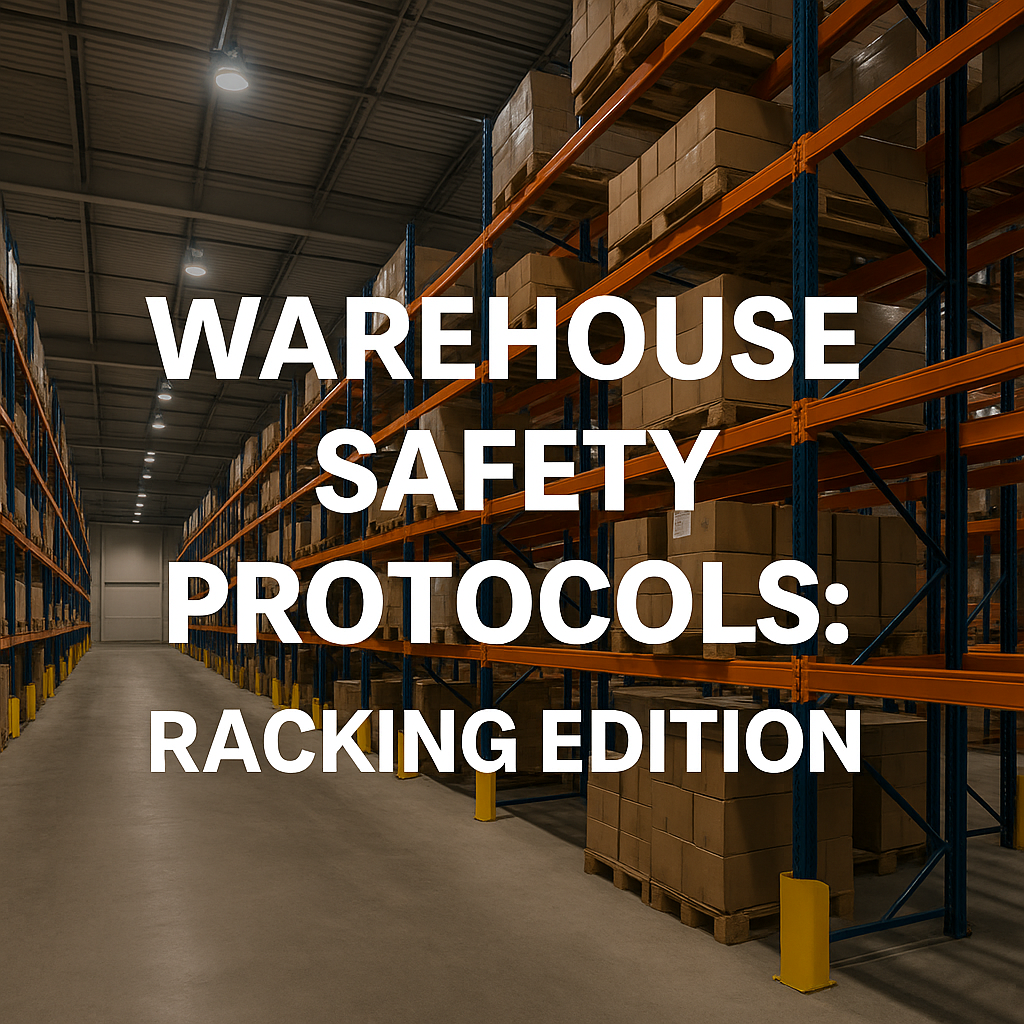
Warehouses are the beating heart of the UAE’s booming logistics and retail sectors. In Dubai—a city known for its advanced infrastructure and hyper-efficient supply chains—safety protocols around racking systems are not just a formality, but a fundamental requirement. Poorly installed or maintained racking systems can lead to costly accidents, inventory damage, or worse—serious injury to personnel. That’s why enforcing stringent safety measures is critical for operational excellence.
In this article, we dive deep into best practices, regulatory requirements, and smart strategies that ensure your racking systems in Dubai warehouses are not only compliant but optimized for long-term success.
Why Racking Safety Is Non-Negotiable
In a region like Dubai, where temperatures soar and business is fast-paced, the structural integrity of your racking systems plays a pivotal role. The use of heavy-duty materials, efficient stacking, and high-volume throughput makes racking systems both an asset and a liability—depending on how they’re maintained.
Neglecting safety protocols can result in:
- Racking collapse due to overloading or poor installation.
- Operational downtime from accidents or inspections.
- Legal penalties for non-compliance with Dubai Municipality and Civil Defense regulations.
- Reputational damage, especially in high-stakes sectors like e-commerce and logistics.
Key Warehouse Racking Safety Protocols in Dubai
1. Professional Installation by Certified Experts
Dubai’s industrial regulations mandate that racking systems be installed by trained professionals. All installations should follow manufacturer specifications and consider load calculations, aisle widths, and seismic factors.
Tip: Always ask for installation certification and request a post-installation audit.
2. Routine Inspections & Load Testing
Periodic inspection of racking systems ensures early detection of:
- Damaged beams or uprights
- Bolt looseness or corrosion
- Overloading or uneven distribution
Dubai warehouses should schedule quarterly inspections and document findings. Load testing is especially important for sectors dealing with fluctuating inventories.
3. Proper Load Distribution
Even a high-quality racking system can fail if loads are not properly distributed. Uneven or excessive weight can weaken the frame and increase the risk of collapse.
Solution: Use standardized pallets and clear signage for maximum load capacity per level and per bay.
4. Use of Rack Protection Systems
Install:
- Corner guards
- Upright protectors
- End-of-aisle barriers
These protective measures act as the first line of defense against forklift collisions, which are a common source of racking damage.
5. Employee Training Programs
A safe racking system is only as good as the people operating around it. Invest in regular staff training on:
- Safe loading/unloading practices
- Recognizing signs of racking stress
- Emergency protocols for accidents
6. Compliance with Dubai Civil Defense & EHS Guidelines
Ensure your racking layout and safety systems are in line with regulations issued by:
- Dubai Civil Defense
- Environment, Health and Safety (EHS) Trakhees
- Dubai Municipality – Warehousing Standards
Failure to comply can result in fines or shutdowns.
The ROI of Racking Safety
While safety upgrades and audits might seem like added expenses, the ROI is clear:
- Fewer accidents = reduced insurance premiums
- Higher employee morale = increased productivity
- Extended lifespan of racking systems = capital expenditure savings
In Dubai’s competitive logistics space, safety is a competitive advantage.
Final Thoughts
Warehouse safety, especially when it comes to racking systems, should never be left to chance. For Dubai-based businesses navigating tight margins and high throughput, prioritizing racking safety isn’t just regulatory compliance—it’s smart business. From proactive inspections to smart training, investing in safety protocols ensures resilience, reliability, and reputation.